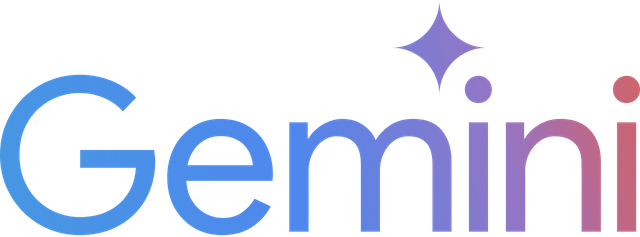TCAF: A New Era of Stablecoin Regulation

Have you ever wondered how stablecoins, those digital assets pegged to a stable value like the US dollar, are regulated? 🤔 It's a crucial question, especially as the world of tokenized finance continues to grow.
Stablecoins are becoming increasingly popular, offering a bridge between traditional finance and the decentralized world of crypto. But with this growth comes the need for robust frameworks to ensure their stability and safety. 🛡️
This blog post will delve into a groundbreaking proposal by Circle, a leading player in the stablecoin space, that aims to reshape how we think about capital requirements for stablecoins.
A New Era of Capital Adequacy: Introducing TCAF
Circle, the company behind the popular USD Coin (USDC) stablecoin, has proposed a revolutionary framework called the Token Capital Adequacy Framework (TCAF). 💡 This framework is designed to address the unique risks and challenges associated with stable value tokens, going beyond traditional banking regulations.
Understanding the Need for Specialized Capital Standards
Traditional banking regulations, like the Basel Accords, focus on capital adequacy for banks. These regulations are based on fixed ratios, aiming to ensure banks have enough capital to absorb potential losses. However, stablecoins operate in a different environment, with unique characteristics that require a more tailored approach.
Here's why:
- Tokenized Nature: Stablecoins are transferred on blockchains, creating new risks related to technology, security, and operational efficiency. 💻
- Reserve Differences: Unlike traditional banks, stablecoins may have different reserve structures, requiring a more nuanced assessment of their liquidity and risk. 💰
- Susceptibility to Runs: Stablecoins can be vulnerable to coordinated runs, where a large number of users withdraw their tokens simultaneously, potentially causing instability. 🏃♀️🏃♂️
Key Features of TCAF
TCAF is designed to address these challenges head-on, offering a more comprehensive and risk-sensitive approach to capital adequacy for stablecoins. Here are some key features:
- Risk-Based Assessment: TCAF emphasizes a risk-based approach, considering various factors like market risk, credit risk, and operational risk specific to stable value tokens. 📊
- Adaptive Framework: The framework is designed to be adaptable, accommodating different token backings, including fiat, crypto assets, and synthetic assets. 🔄
- Stress Testing: TCAF incorporates stress testing to assess the resilience of stablecoins under extreme market conditions, ensuring they can withstand potential shocks. 🌪️
- Internal Accountability: The framework encourages internal stakeholder input in determining non-financial risks, promoting transparency and accountability within organizations. 🤝
Reshaping Operational Risk Frameworks
TCAF's impact extends beyond stablecoins, offering a blueprint for managing operational risks across the financial industry.
Here's how:
- Cybersecurity Focus: Recent cybersecurity incidents have highlighted the need for robust operational risk management, and TCAF provides a framework for incorporating technology risks into capital allocation decisions. 🔐
- Stronger Feedback Loop: TCAF encourages a stronger feedback loop between technology decisions and balance sheet allocations, ensuring that organizations are adequately prepared for potential operational risks. 🔄
The Future of Stablecoin Regulation
TCAF represents a significant step forward in the regulation of stablecoins, offering a more comprehensive and risk-sensitive approach.
Here's why it's important:
- Enhanced Stability: By addressing the unique risks associated with stablecoins, TCAF can contribute to a more stable and resilient tokenized finance ecosystem. 📈
- Increased Investor Confidence: A robust regulatory framework can boost investor confidence in stablecoins, encouraging wider adoption and innovation. 🤝
- Global Harmonization: TCAF can serve as a model for other jurisdictions seeking to regulate stablecoins, promoting global harmonization and interoperability. 🌎
Take Action: Join the Conversation
The future of stablecoin regulation is being shaped right now.
Here's what you can do:
- Read the full TCAF paper: Dive deeper into the details of the framework and its implications. 📚
- Share your thoughts: Engage in the conversation about stablecoin regulation and contribute your insights. 💬
- Stay informed: Keep up-to-date on the latest developments in the world of stablecoins and tokenized finance. 📰
The journey towards a robust and sustainable tokenized finance ecosystem is ongoing. By embracing innovative frameworks like TCAF, we can build a future where stablecoins play a vital role in driving financial inclusion and innovation.
"The future of finance is decentralized, and stablecoins are at the forefront of this revolution." - Gordon Liao, Chief Economist at Circle
*Disclaimer: Created with Gemini AI. 